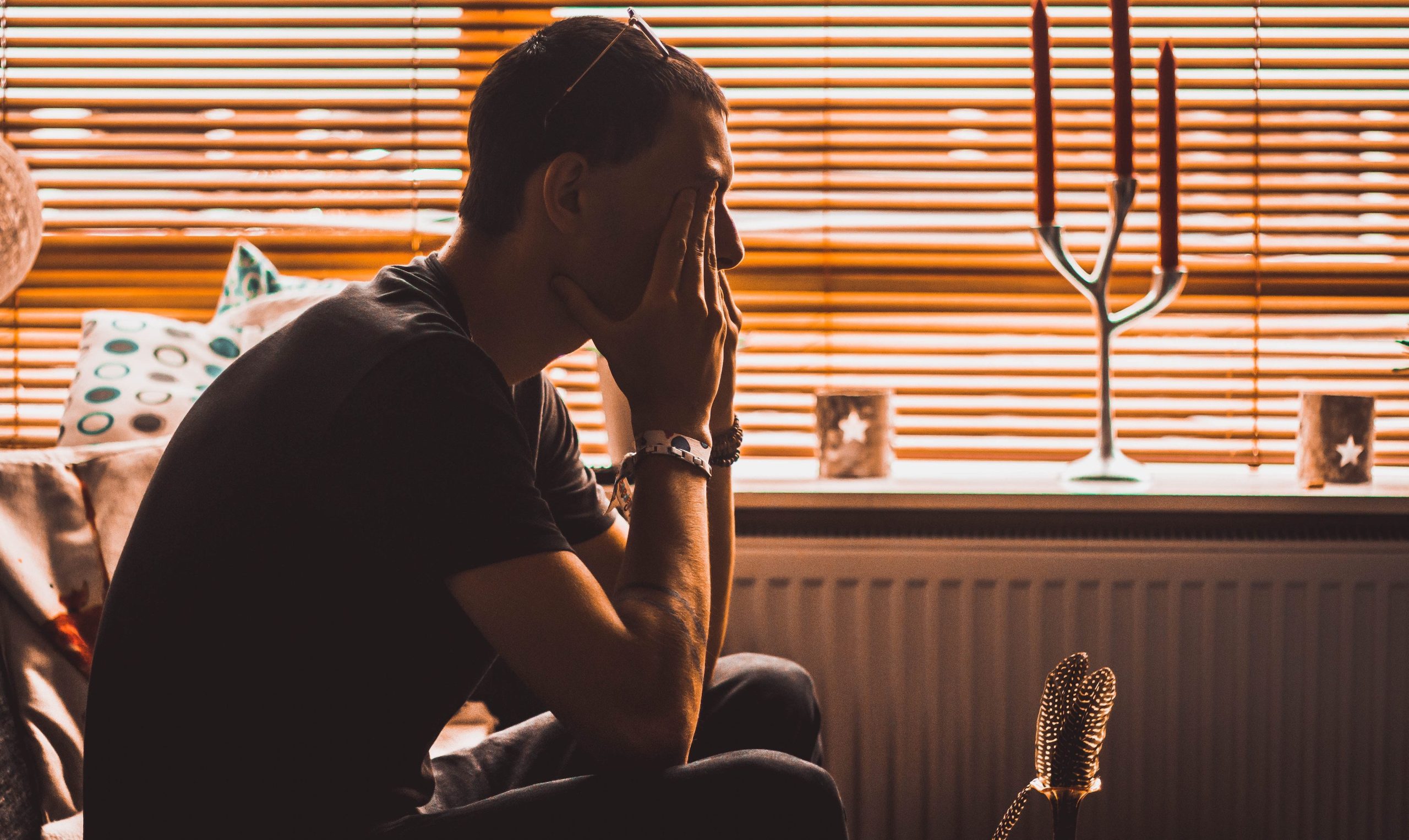We all have our moments where we find ourselves feeling anxious in social situations. Social anxiety may be brought on by the social situation, such as meeting a significant other’s family for the first time. It also can be due to the people you find yourself surrounded with, such as new groups of individuals you have not yet become comfortably acquainted with. However, for someone with Social Anxiety Disorder, everyday interactions can cause intense anxiety, as well as feelings of embarrassment, and overly self-conscious thoughts. This means that for these people even having a regular conversation with a close friend can cause symptoms of social anxiety.
The Impact of Social Anxiety
Social anxiety can lead to fear of social situations, which in turn the individual may start to avoid in a way that negatively impacts their day-to-day life. Individuals who deal with Social Anxiety Disorder may find themselves feeling intense anxiety in common daily situations, such as:
- Interacting with strangers
- Attending parties/social gatherings
- Going to work/school
- Initiating conversations
- Making/maintaining eye contact
- Dating
- Entering a room in which people are already seated
- Returning items to a store
- Eating in front of others
- Using a public restroom1
Social anxiety can lead to fear of social situations.
Symptoms of Social Anxiety
Emotional/Behavioral Symptoms
- Fear of negative judgment in social situations
- Worry regarding acting in an embarrassing way
- Intense fear of interacting with strangers
- Fear of others noticing anxiety symptoms
- Avoiding situations where you might be the center of attention
- Anxiety leading up to a feared event
- Over-analyzing flaws in your own interactions following a social gathering
- Expecting worst case scenario anticipating social situation2
Physical Symptoms
- Racing heartbeat
- Sweating
- Upset Stomach/nausea
- Blushing
- Trembling
- Feeling short of breath
- Dizziness/lightheadedness
- Muscle tension
- Feeling your mind has gone blank3
How CBT Can Help
At the core of social anxiety is a desire for acceptance. CBT is a research-based approach to a variety of mental health concerns. CBT is one of the greatest treatment modalities when it comes to results with Social Anxiety Disorder4. The role of CBT for social anxiety is to examine and change behaviors that drive the avoidance, symptoms, and self-conscious feelings. CBT can assist in a number of areas, such as:
- Changing negative beliefs about personal abilities and self-worth
- Coping with guilt, embarrassment, or anger over past situations
- Assisting in being more assertive
- Thinking in a more realistic mindset
- Dealing with procrastination related to social anxiety
- Re-structuring mistaken beliefs that others are judging you5
Key Techniques
Mindfulness
Mindfulness involves time that is set aside from negative or disturbing thoughts and feelings. This time is set aside to learn how to live in the moment rather than being stuck in thoughts involving the past or the future. Utilizing mindfulness can improve social interactions and allow for these conversations to feel more natural6.
Behavioral Experiments
Behavioral experiments have two goals in mind: to identify unhelpful safety behaviors, as well as to check and test negative self-beliefs and worst-case scenario predictions. A series of learning experiences are set out and assist in therapeutic goals and managing social anxiety. Say that you are feeling anxious about a social gathering and feel like you may say something awkward or embarrassing. The idea would be to go to the gathering and to actively socialize in order to test out the theory. At the next session with the therapist, a debriefing would happen involving discussing if the expectations ended up becoming true or not7.
Changing Attitudes
CBT has a concentration on cognitive distortions and how to restructure these thoughts. Cognitive Distortions are thought patterns, which cause individuals to view situations inaccurately, and often in a negative way8. By recognizing what cognitive distortions you find yourself using consistently, you are then able to concentrate on counteracting these negative thought patterns. Additionally, CBT teaches coping skills to assist in managing anxiety, as well as physical symptoms that accompany these feelings.
Assertiveness and Problem-Solving
Assertiveness and Problem-Solving takes into account that while oftentimes we overthink situations leading up to a situation, there are also times where our worst fears come true. With assertiveness, the therapist encourages the individual to take an assertive approach to the critical person in a confident and relaxed manner. Through practice during therapy sessions or homework following sessions, the individual may find more confidence in their ability to assert themselves. For situations where assertiveness is not a reasonable reaction, the individual may instead utilize problem-solving. This involves developing coping skills for dealing with feelings when a social situation turns out poor9.
ABC Model
The ABC Model aims at looking at situations and outcomes, which assists in predicting what are likely outcomes with consideration of on past experiences.
A stands for ANTECEDENT: this is referring to the situation or event.
B stands for BELIEFS: the conscious and unconscious beliefs about the event.
C stands for CONSEQUENCE: the behavior or emotional response to the event.
By looking at our different beliefs and actions regarding past situations, we are able to see connections regarding the outcomes in reference to our own behaviors. This allows for us to make changes in our actions, which can lead to better outcomes10.
S.M.A.R.T. Goals
These goals are designed by the individual with assistance from the therapist.
S stands for SPECIFIC: This means there should be a clear goal of what the individual would like to accomplish.
M stands for MEASURABLE: There needs to be a way to track progress in order to be able to see when the goal is complete.
A stands for ATTAINABLE: The skills and resources needed to reach the goal must be accessible to the individual.
R stands for REALISTIC: The individual needs to be willing to commit time and work into achieving this goal.
T stands for TIME-SPECIFIC: A time-frame needs to be set by the individual in order to have a date of completion to work towards.
This can be done individually, however, under the supervision of a therapist allows for an unbiased individual to be able to say when parameters of a goal have been sufficiently met11.
Seeking Treatment
As you can see above, there are a wide range of ways that CBT can help with combatting symptoms of Social Anxiety Disorder. If you are experiencing social anxiety, our therapists through Online-Therapy.com provide Cognitive Behavioral Therapy (CBT) and can assist in overcoming symptoms of concern.
Our platform offers a complete online therapy toolbox which includes time with a personal therapist who can support you throughout your journey. If this is something you have interest in, we would love to hear from you.
References
Choosing Therapy. CBT for Social Anxiety: How it Works, Examples & Effectiveness. (https://www.choosingtherapy.com/cbt-for-social-anxiety/). Accessed on 04/13/22.
Healthline. How CBT can Help You Manage Social Anxiety Symptoms. (https://www.healthline.com/health/anxiety/social-anxiety-disorder-cognitive-behavioral-therapy). Accessed on 04/11/22.
Heathline. What are Cognitive Distortions and How Can You Change These Thinking Patterns? (https://www.healthline.com/health/cognitive-distortions). Accessed on 04/13/22.
Mayo Clinic. Social Anxiety Disorder (Social Phobia). (https://www.mayoclinic.org/diseases-conditions/social-anxiety-disorder/symptoms-causes/syc-20353561). Accessed on 04/11/22.
National Social Anxiety Center. CBT Strategies to Overcome Social Anxiety. (https://nationalsocialanxietycenter.com/cognitive-behavioral-therapy/social-anxiety-strategies/). Accessed on 04/11/22.
Very Well Mind. Therapy for Social Anxiety Disorder. (https://www.verywellmind.com/how-is-cbt-used-to-treat-sad-3024945). Accessed on 04/11/22.




Leave A Comment